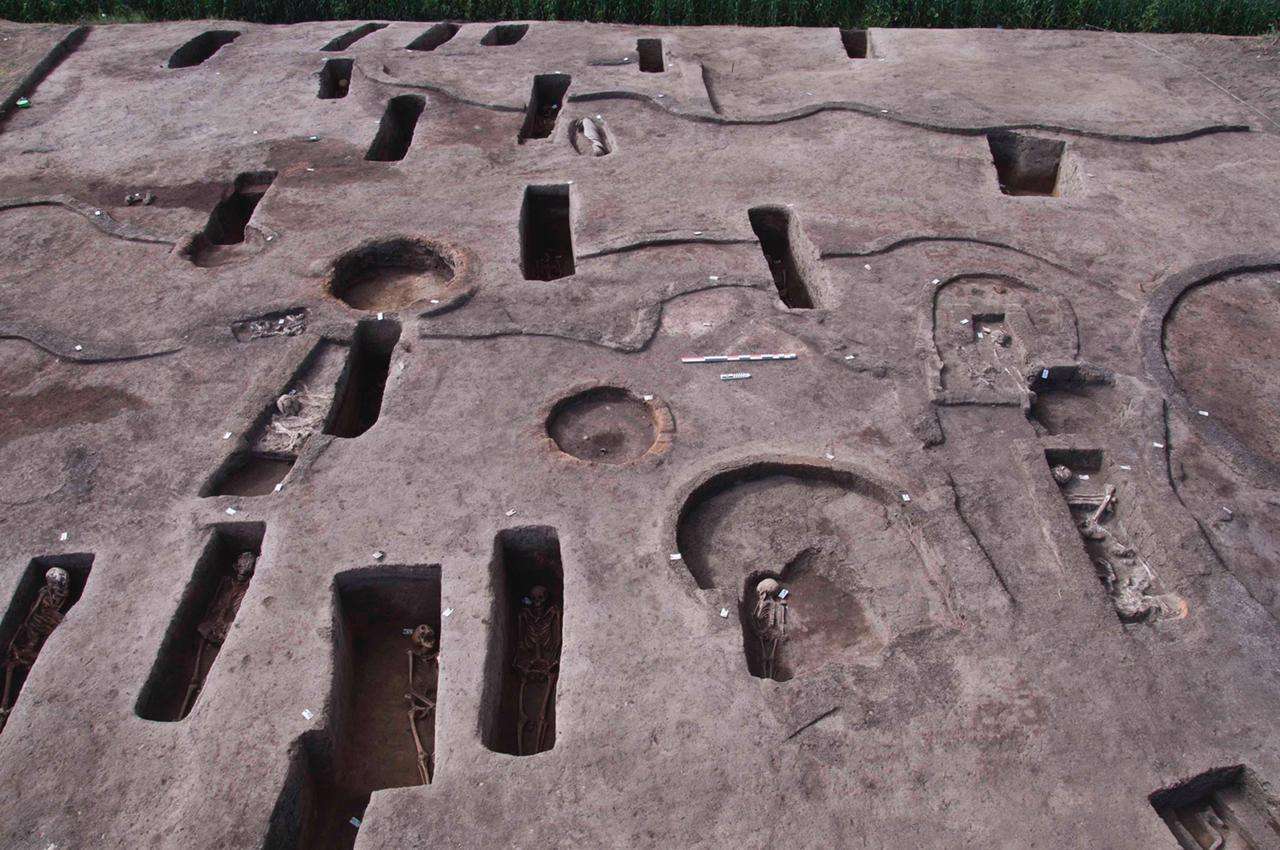The recent discovery of ancient tombs of Pharaohs on the Delta of Egypt has surprised the archaeologists.
Egypt’s archaeological mission headed by Dr. Syed Al-Talhawi has announced a major discovery in the Kom Khalgan region, in Dakahlia governorate, consisting of a unique cemetery.
According to the archaeological mission team, more than 110 ancient tombs of different Pharaohs' dynasties have been discovered on the archaeological site located in the centre of Delta.


The discovery of the 110 mummies is part of the special discovery campaign to find monumental structures, which includes the unearthing of a sanctuary built in honor of the Egyptian ancestors.
In this regard, Mostafa Waziri, the renowned archaeologist, and secretary-general of the Supreme Council of Antiquities has explained that 68 of them date back to the first half of the fourth millennium BC, known as the Bhutto civilization or Lower Egypt.
In the same context, Waziri has also stated that the excavations also uncovered 37 tombs dating back to the Hyksos era with a domed and nonengraved roof.
Waziri also indicated that this excavation is the first time that pottery sarcophagi dating back to the Naqada III period have been uncovered in Dakahlia governorate, as burial inside pottery coffins was not previously detected, except in one case, which was the Five coffins that discovered by the Al-Talhawi mission around the site.
For his part, Dr. Ayman Ashmawy, Head of the Egyptian Antiquities Sector at the Supreme Council of Antiquities, has explained that the cemetery consists of several rooms built with polished limestone, with an entrance from the north.
The walls have a curvature from the top of the roof, making the cemetery flat and not vaulted.
Other cemeteries discovered in the area are vaulted. He has noted that the cemetery had special funerary furniture.
“Details are coming in, and the excavations are ongoing,” Ashmawy added.
Ultimately, excavation work at the Kom Khalgan site has revealed interconnected units that contain the remains of service facilities and some funeral furniture, including black water tanks and ovens for cooking, as well as large handmade pottery jars that may have been used for storage, according to Nadia Khadr, the head of the Central Maritime Facial Department of the Supreme Council of Antiquities.
“A number of Pharaoh's tombstones, bronze coins, and clay seals were found inside of these tombs,” Khadr revealed.
Contributed by Ahmed Emam





















